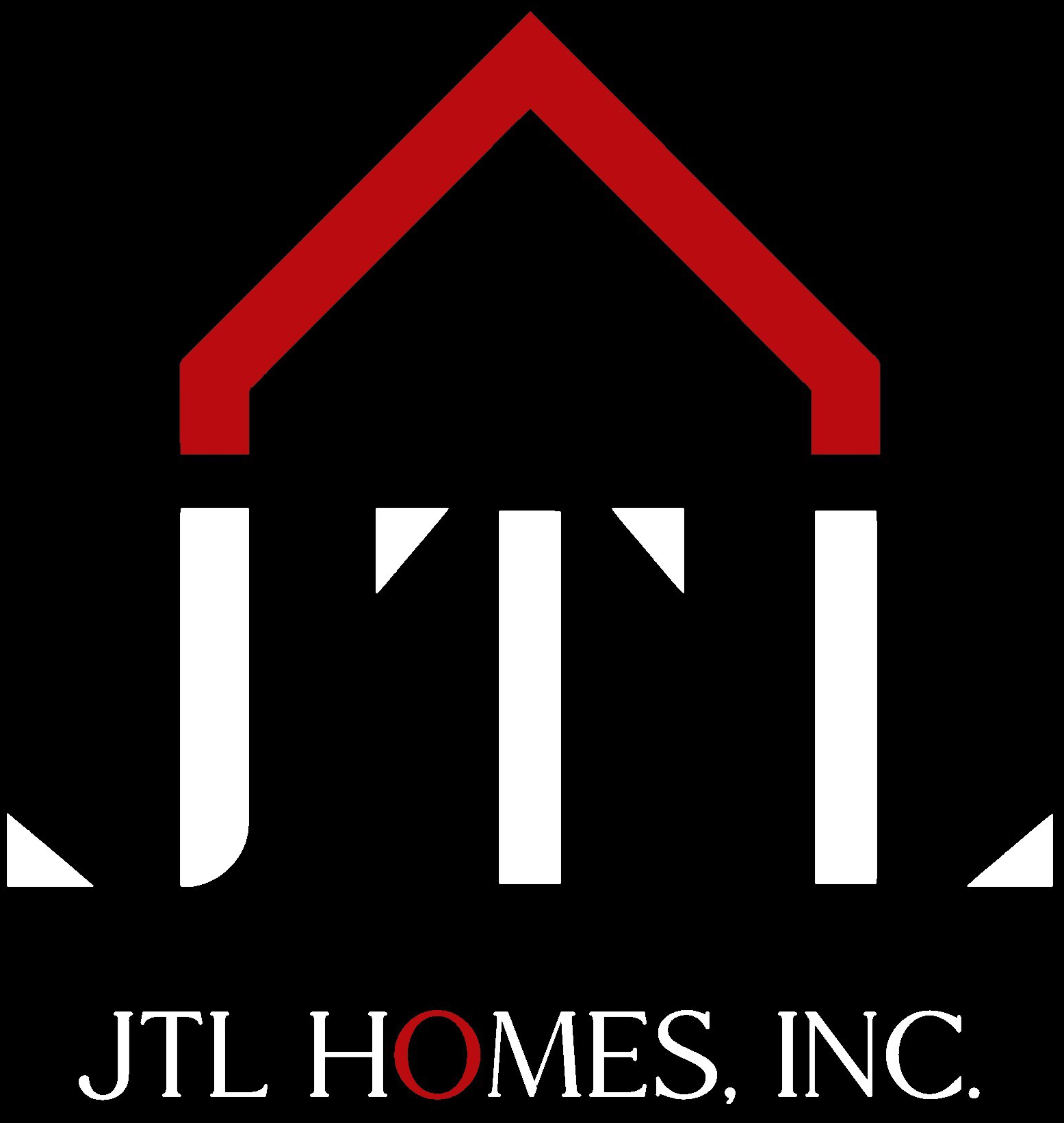
As the demand for custom homes continues to rise in 2025, builders across the country are facing a familiar challenge—labor shortages. Southwest Florida, a region thriving with new development, is no exception. From skilled trades like framing and roofing to licensed electricians and HVAC specialists, the availability of qualified labor has tightened. These shortages not only affect timelines but can also influence material waste, craftsmanship, and project coordination.
For homeowners embarking on a custom build, labor-related delays can mean longer waits and unexpected costs. That’s why JTL Homes has implemented a proactive labor strategy—one that emphasizes strategic partnerships, consistent workforce engagement, and smart construction management. The result: luxury custom homes delivered on time and to the highest quality standards.
The Labor Shortage in 2025: A Nationwide Concern
According to a 2025 report from the Associated General Contractors of America, 88% of construction firms report difficulty filling hourly craft positions. This shortage is exacerbated by an aging workforce, lagging trade school enrollment, and increased housing demand nationwide. In Florida, these effects are compounded by seasonal population shifts and storm recovery work that pulls workers away from residential projects.
High-skilled trades like plumbing, electrical, masonry, and tile installation are in particularly short supply. As a result, homeowners may encounter extended build timelines, incomplete stages of work, or rushed installations when working with builders who don’t have a stable workforce pipeline.
The Risks of Labor Delays for Custom Home Projects
For high-end residential construction, timing is crucial. Every stage of the building process—from permitting and foundation work to framing and finish carpentry—relies on a coordinated team of professionals. A shortage or scheduling conflict with even one trade can cascade into multi-week delays.
Key risks associated with labor shortages include:
-
Missed milestones in framing, mechanical, or drywall phases
-
Quality inconsistencies due to rotating subcontractors or undertrained workers
-
Budget inflation, as supply-and-demand drives up hourly labor rates
-
Rescheduling fees for inspections, deliveries, or specialty installations
For clients building a dream home in Sarasota, Venice, or Lakewood Ranch, these issues are more than logistical—they can affect the overall experience of building a custom residence.
How JTL Homes Minimizes Labor Disruption
At JTL Homes, the solution to labor volatility lies in long-term relationships and tight operational oversight. The company approaches labor planning with the same level of precision it applies to architecture and design.
1. Established Trade Partnerships
Unlike builders that rely on whichever subcontractor is available, JTL Homes maintains long-standing relationships with vetted tradespeople and construction teams. These partners are familiar with the company’s expectations, project workflow, and client service standards—resulting in consistent work quality and fewer delays.
2. Staggered Scheduling and Contingency Buffers
By staggering projects and incorporating timeline buffers, JTL Homes ensures that one project’s challenges do not affect another’s. This schedule discipline is particularly valuable during peak building seasons in Southwest Florida when demand can overwhelm local trades.
3. Onsite Oversight and Quality Control
Project managers and site supervisors play a vital role in labor efficiency. Through daily inspections, coordination calls, and proactive issue resolution, JTL Homes reduces the friction points that often slow down construction schedules. Subcontractors are held accountable to timelines, cleanliness, and craftsmanship—protecting both the budget and the client experience.
The Role of Technology and Training
In response to the skilled labor gap, many builders are turning to technology to improve efficiency. JTL Homes uses digital scheduling tools, cloud-based project tracking, and procurement software to streamline communication and keep timelines visible at every phase.
Internally, the company also supports education and training for new labor entrants, collaborating with trade programs and promoting skilled construction careers throughout the region. As the industry continues to evolve, investment in labor sustainability will become a defining factor in builder reliability.
What Homebuyers Can Do
While much of the labor challenge lies with the builder, homeowners also play a role in avoiding disruption. Clients can help support an efficient build by:
-
Finalizing design selections early in the process
-
Keeping change orders minimal and clearly communicated
-
Trusting the build schedule laid out by the contractor
-
Responding quickly to any questions or confirmations needed to move trades forward
Working with a builder like JTL Homes—who actively manages labor from the ground up—ensures these steps lead to progress, not frustration.
Final Thoughts
The construction labor shortage may be a national issue, but how a builder responds to it defines the success of each project. In 2025, timely project delivery depends not just on having the right materials, but the right people in place to bring each design to life. JTL Homes continues to meet this moment with foresight, coordination, and commitment to excellence—ensuring that even amid a constrained labor market, every home is delivered on time and without compromise.



